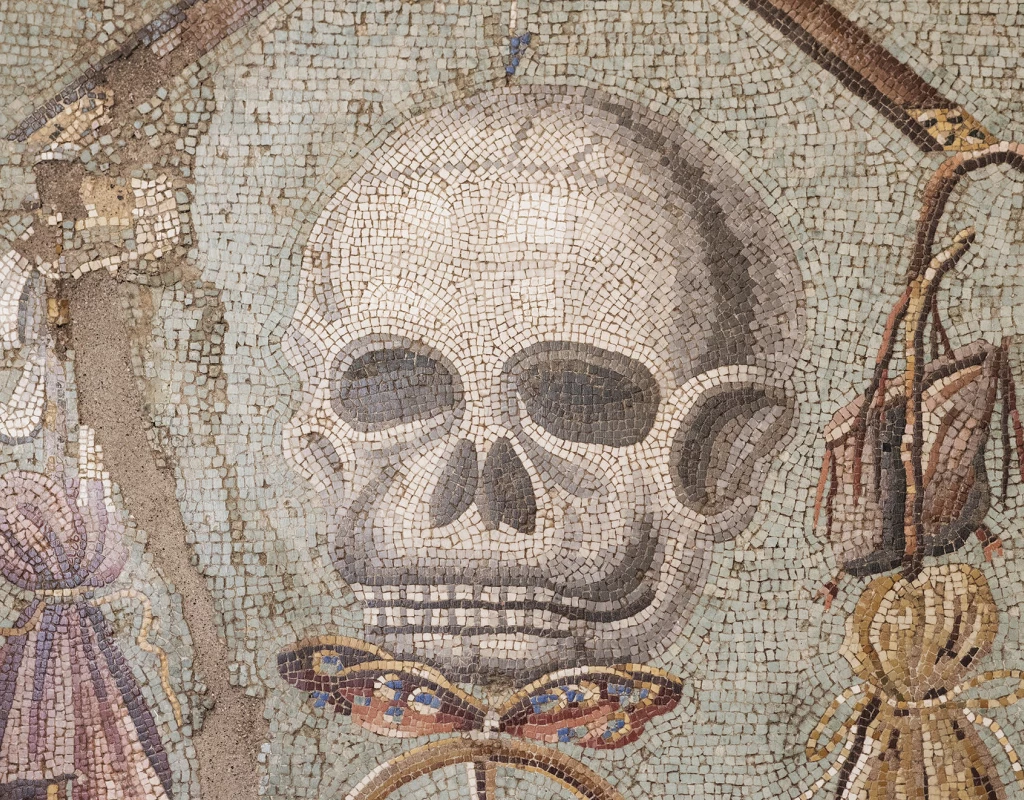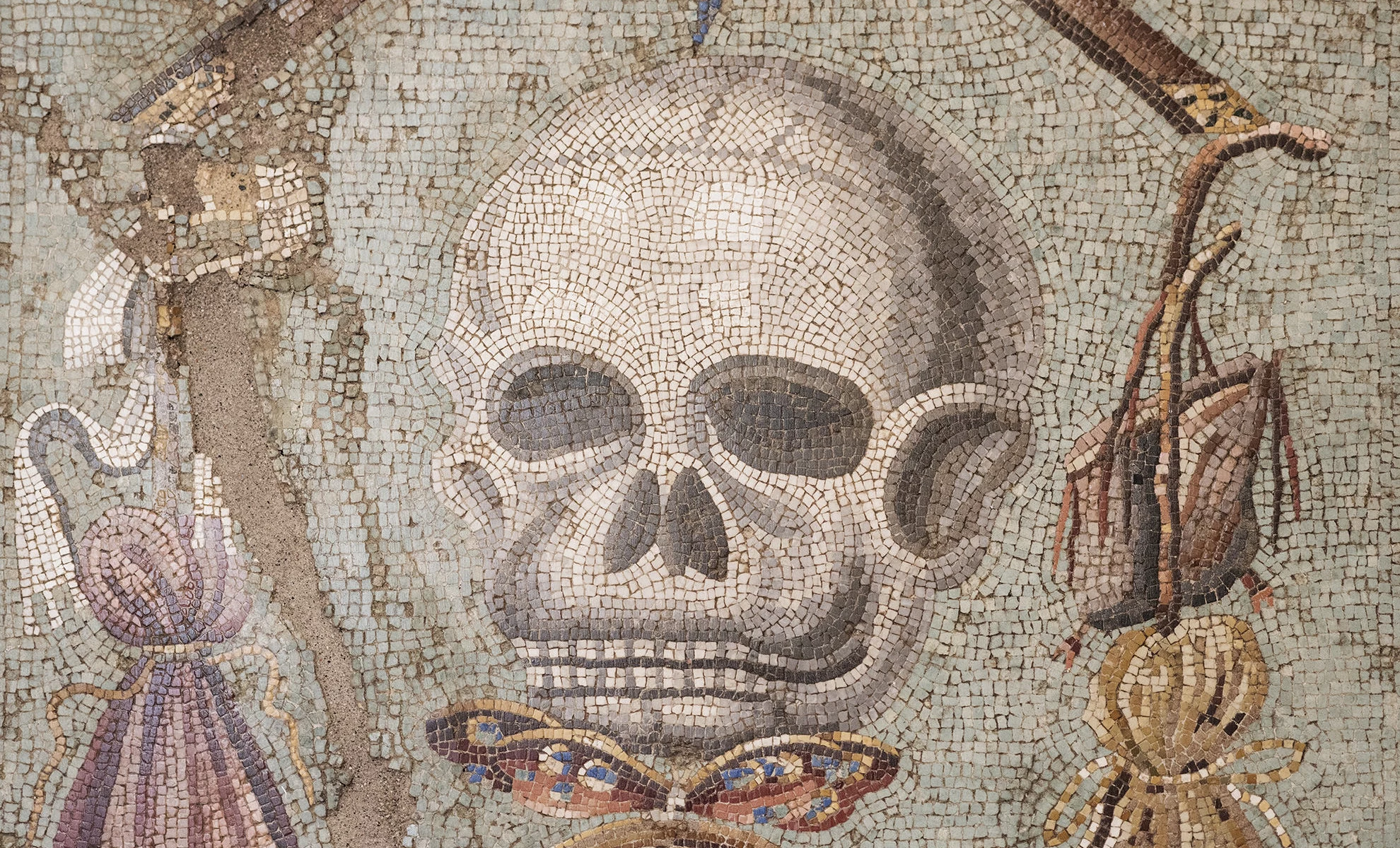Everybody knows Halloween, the Celtic origin festivity during which the dead come back to earth to haunt the alive. Even the ancient Romans used to celebrate a similar festivity known as Mundus Patet.
November 8 was the third date of the year (after Augusr 24 and October 5) on which the hole that connected the world of the death with the world of the alive was open. It was forbidden to begin a war, give public speeches, get married and the doors of temples were closed. It was a time of danger since the Mundus could suck the sould of the alive. Not even the latin authors knew the secrets of this arcaic cult. A ritual that has evelved during the centuries to become part of our religious tradition.
The clothes of the rich | Ph. Anna Monaco
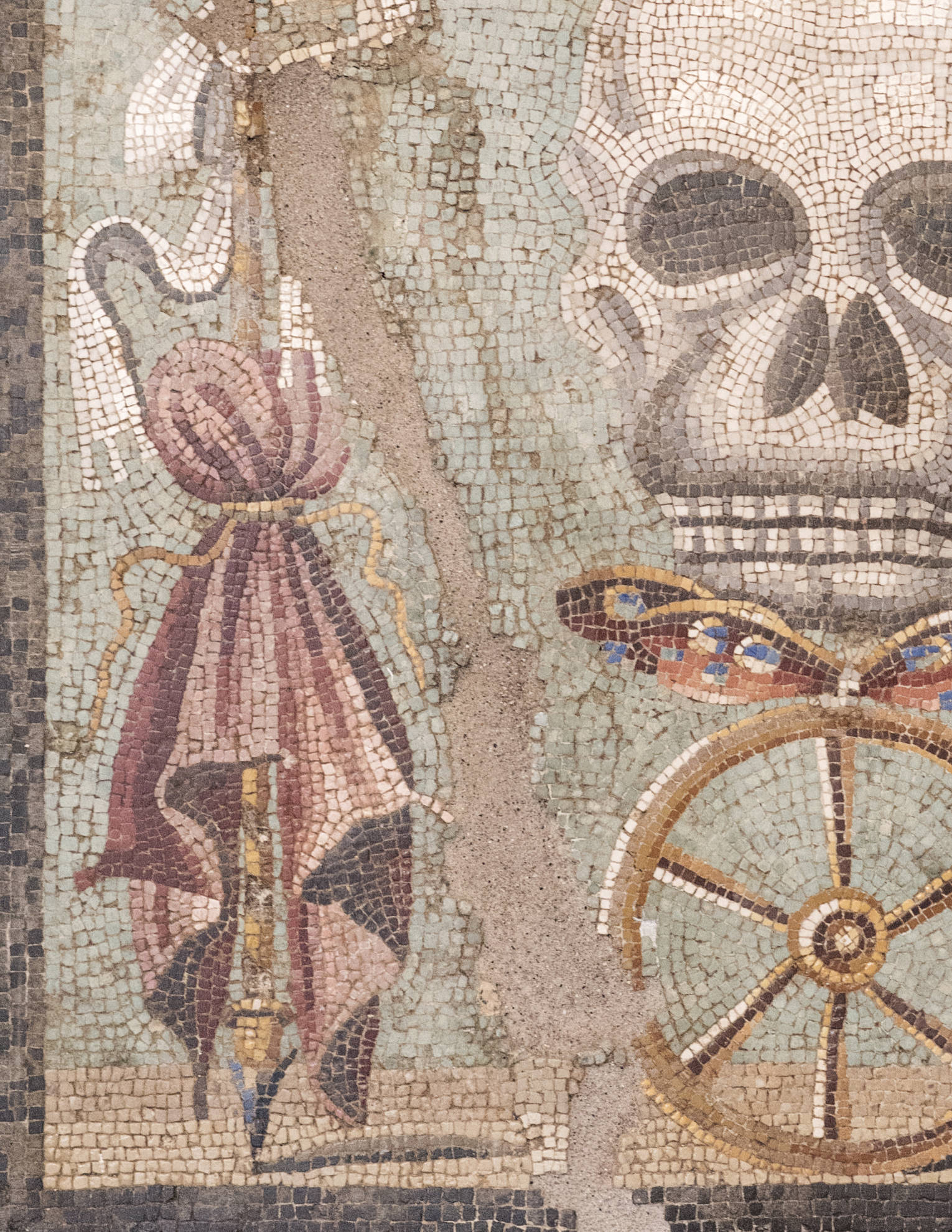
The clothes of the mendicant | Ph. Anna Monaco
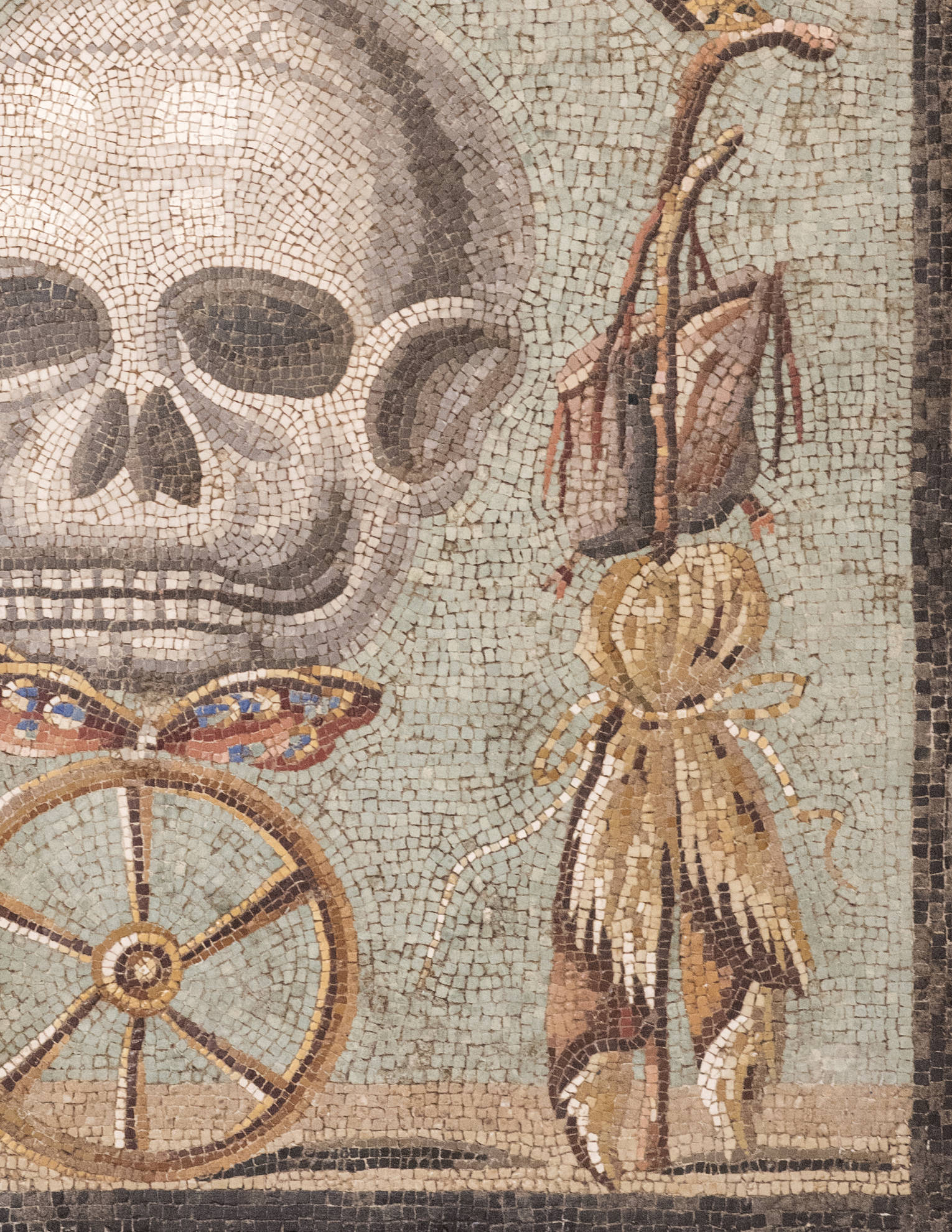
But when faith wants to dictate the law even in the unknown world of the dead belief turns into superstition and the prayers become supplications against evil eye. The Ancient Romans, a very pragmatic and fascinated by the unknown cicilization, knew it very well and it is clear by looking at the “Memento Mori” mosaica at the National Archeological Museum of Naples. The image, that was found in an old tannery in Pompeii (Officina Coriariorum), rapresents the wheel of fortune: life in which balance is always precarious with death always lying in wait.
“Sapias, vina liques, et spatio brevi spem longam reseces. Dum loquimur fugerit invida aetas: carpe diem, quam minimum credula postero”.
“Take my advice, strain the wine and cut back far-reaching hopes to within a small space. As we talk, grudging time will have run on. Pluck the day, trusting as little as possible in tomorrow”.Horatius
The scen is full of esoteric symbols, later on used in massonic environments whose roots can be found in the principles of the epicurean philosophy. On the right there is poverty rapresented by the cane, the haversack and the consumed clothes of the mendicant. On the left there is richness rapresented by the scepter and the purple cloth, a very precious dyeing obtained from the glands of the murex, a shellfish used by the tailor of the emeperors. In the center there is a wheel (luck) that has the power to make the alive fall in one of the opposite sides of society. When the skull (death) detaches from the string (time) to which it is hanged nothing will no longer have any value. Only the butterfly (the soul), crushed by its own weight, will fly away.
The butterfly as the soul and the wheel as luck | Ph. Anna Monaco
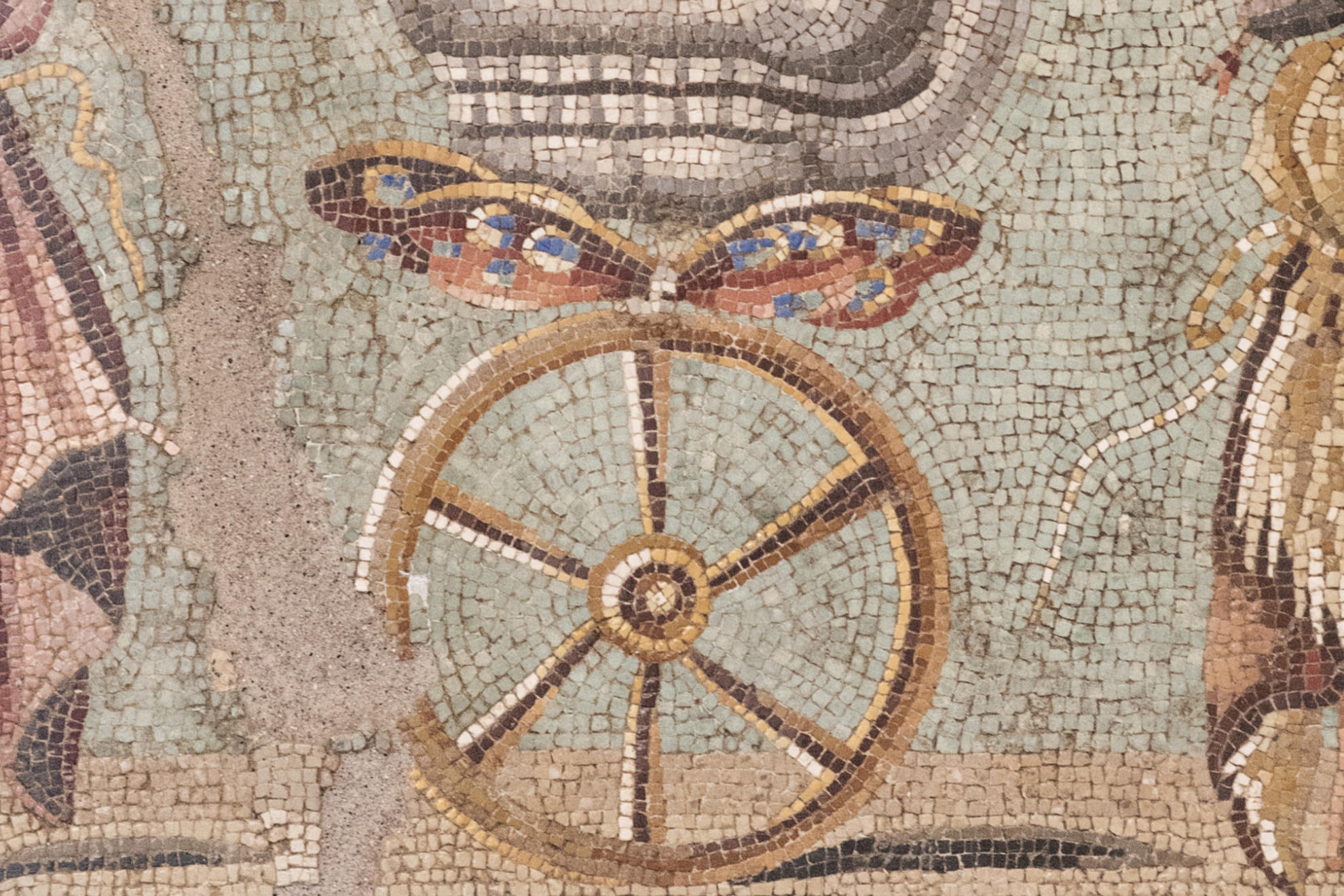
It is not a case that the mosaic was exposed on a wall of the triclinium (lunch room). In Pompeii these kind of decorations are very common in these rooms in order to counterpose the pleasures of life with the ineluctability of death (to be noticed how in all the religions thelink between food and the afterlife is strong: from ancient Egypt to the November 2 nougat to the “trick or treat”).
Ph. Anna Monaco
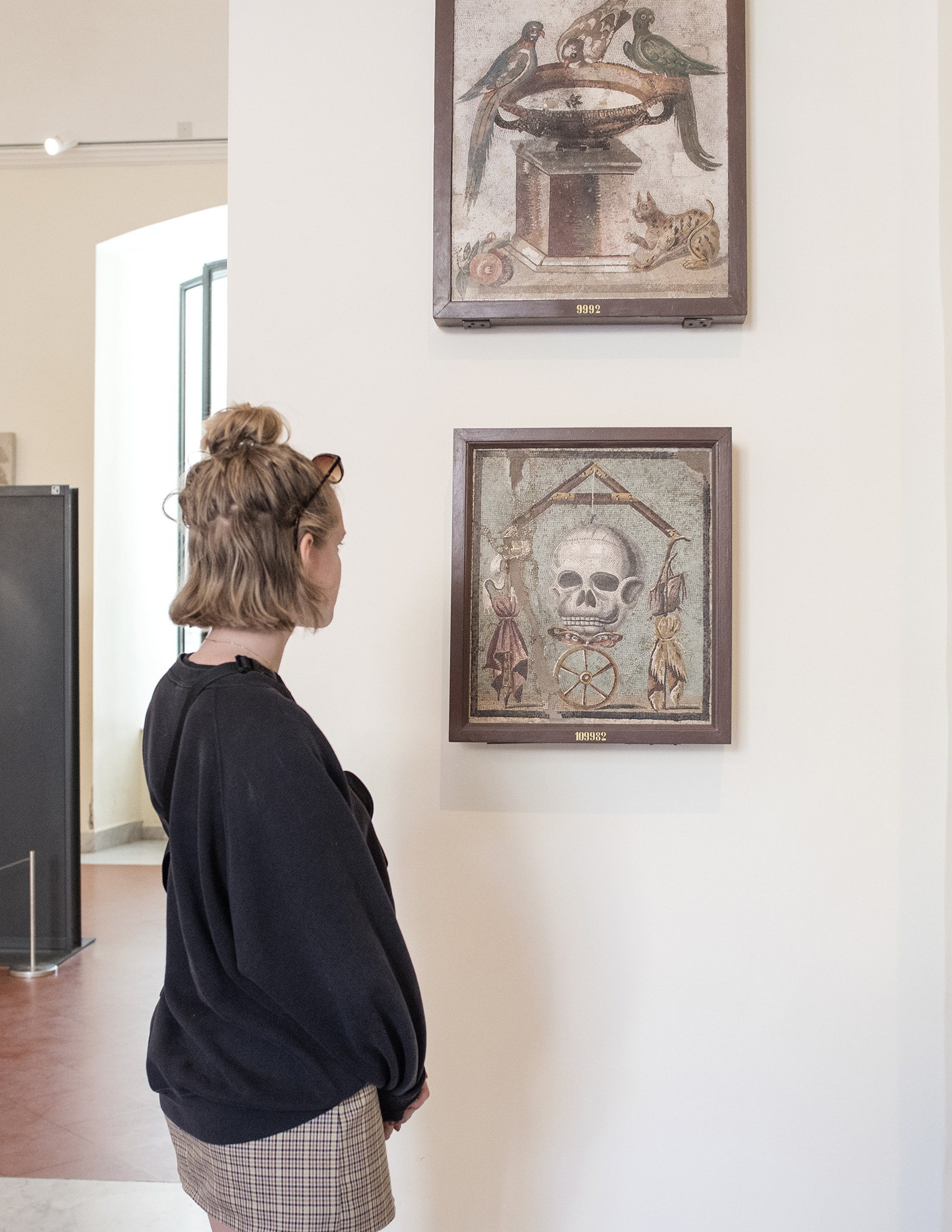
Another "carpe diem" mosaic | Ph. Anna Monaco
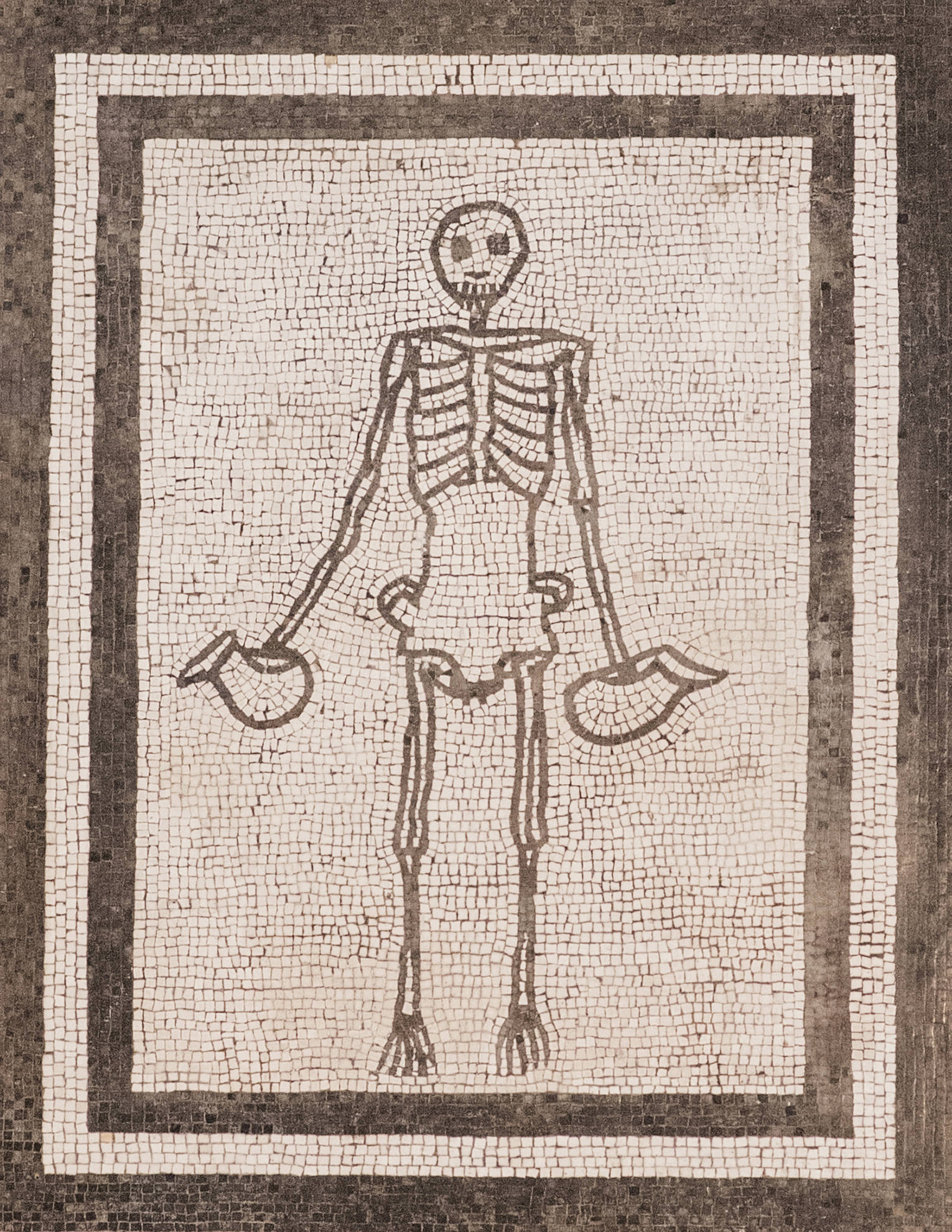
The sumptuous roman banquets, sometimes at he limit of decency, are justified by this haunting presence as a stimulus to let go at the pleasures of life aware of the destiny that is waiting for us. A real exhortation to the carpe diem. Another example is given by the mosaic of another skelethon that puors wine. Even this one can be seen at the Archeological Museum of Naples. For the owner of the house in Pompeii it is an invitation to enjoy what life has to offer because you never know what might happen tomorrow. Maybe Mount Vesuvius could explode…
